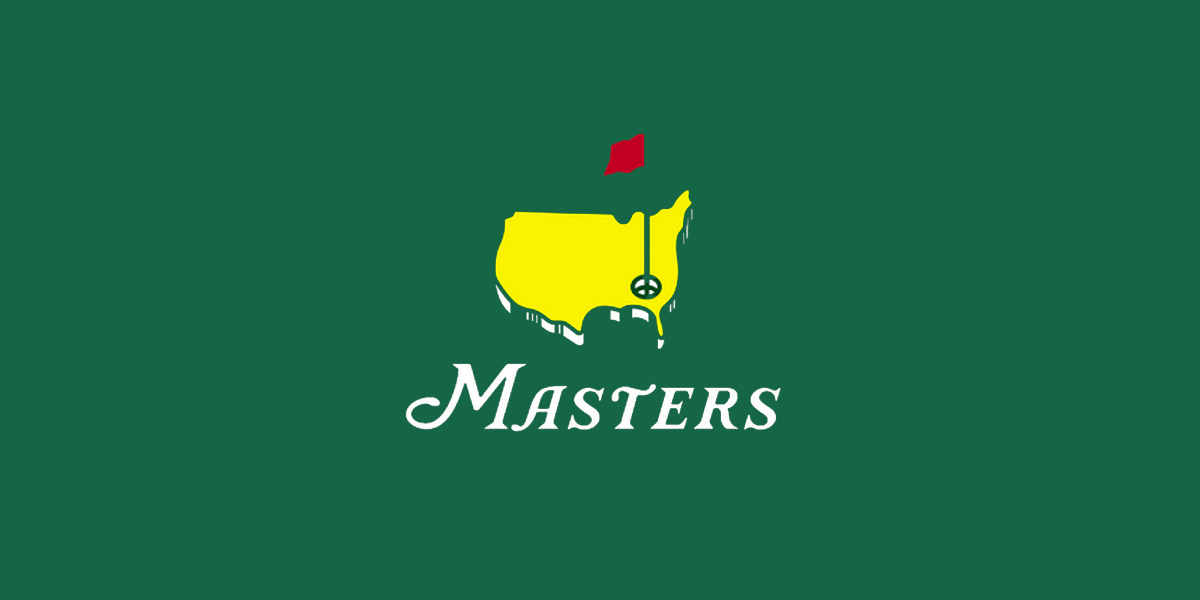Inspiration
The Masters has high prices, crazy crowds, and…well…a great experience.


BLANCHARD
As we’ve dissected the last couple seasons, especially at the resorts on mega passes, I’ve found myself a little frustrated that the resorts with the biggest opportunity to offer a luxury, premium, exclusive skiing experience are the ones who have decided to go for something close to the opposite and play a volume game.
But the more I’ve thought this over, the more I’ve recalled my experience at The Masters from a few years back.
Because at The Masters, you have lots of similar factors – there are tens of thousands of people attending each day, tickets cost something close to an arm and a leg, the town really isn’t built for it…and yet…
…the experience was incredible.
Why?
That’s the question I’ve been asking myself a lot lately. Now, there are certainly some evolutionary ebbs and flows between the town and golf club I’m not familiar with, but let me share a few things I did notice.
#1 – Spread Out: by Design
Yes, there are iconic areas every fan wants to see – Amen Corner, for example – but they also do a great job of using things like signage and walkway placement to help most people not just stay in one spot all day (some do) but be able to wander throughout the course during the day.
Every hole is given as much attention as Amen Corner including a name. The stories and moments from each are constantly being elevated by the stories their communications team tells. There really was a feeling that if you didn’t see the whole course and just sat in one place all day, you would have missed something.
#2 – Food: Affordable, Tasty, Crazy Fast
Scattered across the course are buildings with large barn doors on either side. This is where you can get tasty grub without having the leave the part of the course you’re in right now. This grub, however, has two more key attributes.
First, it’s crazy affordable. We spent less on our lunch at Augusta National that we did for dinner at a small diner along the freeway on our way home.

Second, it’s incredibly fast. I got in a line at one point with probably 50 people ahead of me and I had my food in hand and paid for within 5 minutes. The design and flow was extremely impressive.
#3 – The Town: Some Level of Balance
On a golf course that size you could probably squeeze another 10,000-20,000 people in there. Yet, they didn’t. And in town, the parking felt surprisingly easy. We had a little walk to the course, but the business whose parking we paid for offered a paid shuttle so there at least was some option to avoid that.
But even as we came into town and left later that day, we never got stuck in crazy lines. It seemed clear, at least to me, that they’d found a balance between people and too many people and sold tickets within those limits.
Not Impossible
Have the mega passes gone too far in terms of volume? Yes. But I think it’s important to remember that part of the issue isn’t just the crowds, it’s trying to manage crowds the same way we managed non-crowds.
Spreading people out is possible, keeping them spread out (and fed) is possible, servicing them faster is possible, finding a number that hits revenue needs and doesn’t overwhelm the town is possible. Yes, more employees would help, but some operational design, creative marketing, and service innovation would go a long way too.
And, is The Masters is any indication, there are certainly destinations out there we could learn from.
About Gregg & SlopeFillers
I've had more first-time visitors lately, so adding a quick "about" section. I started SlopeFillers in 2010
with the simple goal of sharing great resort marketing strategies. Today I run marketing for resort ecommerce and CRM provider
Inntopia,
my home mountain is the lovely Nordic Valley,
and my favorite marketing campaign remains the Ski Utah TV show that sold me on skiing as a kid in the 90s.
Get the weekly digest.
New stories, ideas, and jobs delivered to your inbox every Friday morning.
